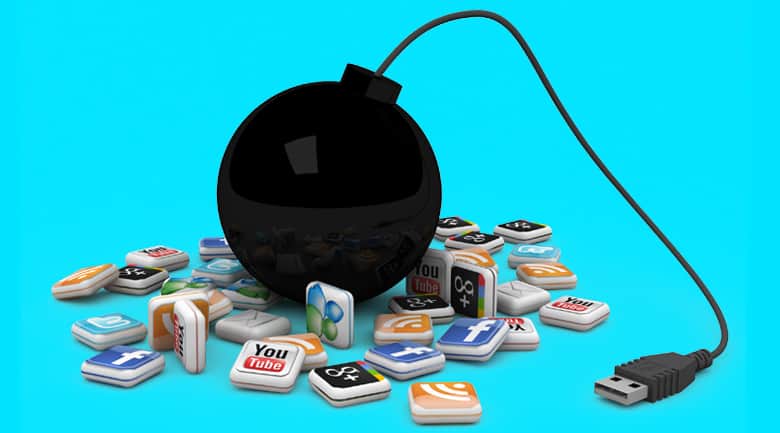“It’s blowing up on Twitter….”
One of the phrases that I cringe at is ‘this is blowing up on Twitter’.
I’ve been in a number of crisis situations where the person responsible for social media will run into the room, look at their iPhone, utter those fateful words and then disappear.
However, as a crisis strategist this is of very little use to me – I don’t have any context or an ability to evaluate whether that’s true or not. So, it’s not really useful information and certainly not enough to make a decision with. Worst of all, it is a distraction and can cause anxiety with the rest of the team.
I understand that getting your arms around social media in a crisis is incredibly difficult but Facebook, Twitter, SnapChat and the like are just the latest examples of an accelerated media landscape. Don’t forget, when 24-hour cable news came onto the scene, organizations had to quickly adapt to a news cycle that was no longer based on broadcasts at noon, 6pm and 11pm.
In the same way that organizations adapted to cable-news, we have to adapt to social media. In fact, we shouldn’t just adapt to social media: I think we should embrace it, especially in a crisis.
Remember, social media allows you to quickly update the situation on a ‘one-to-many’ basis without the need for an intermediary like a reporter. So, your organization’s Facebook page, Twitter feed or YouTube channel is a fast way to get your message out. Moreover, these channels often push newer posts to the top of a user’s feed, so they should automatically see the latest news.
The main thing to remember is that the basic tenets of good crisis communications remain, whatever your medium.
So the first thing is to articulate the facts. Issue an initial statement and then update this regularly on a cycle that works for your organization and reflects the pace of the event. This might be every half hour for something very dynamic and fast-paced like a fire or industrial accident. Conversely, something more slow-moving like a data breach might only need updates twice a day or even daily. Make sure that your announcements are as comprehensive as possible, articulating a beginning, middle and end where possible.
Even when the situation is developing gradually, and facts are emerging slowly, use social media to fill the vacuum with information as best as you can. This allows you to add layers of background information which put things into context.
These updates also provide an opportunity to reiterate your key messages.
As always, just be sure to exercise caution in what you say and avoid adding fuel to the fire by trying to say too much. Only say what you know to be the truth at that point in time and don’t speculate. Law enforcement does a really good job of this, particularly when there is an active shooter situation.
Finally, don’t try to ‘win’ social media.
Remember, the goal is to communicate with those stakeholders who matter most, explaining your mission and values and doing it as quickly as possible. Social media is just another medium for this communication albeit one that is very fast-paced. So don’t try to get ahead of social media. Determine and stick to a schedule that fits you and the situation.
And only engage in a back-and-forth on social media if you are sure that the person is a genuine stakeholder who has a credible point of view. If you do plan to engage at an individual level, make sure you can commit the necessary time and resources to addressing their specific points before you start. In short, if you wouldn’t have a discussion with someone in person, don’t do it on social media. Ideally take it offline and please don’t skirmish back forth for all to see.
So when you hear ‘things are blowing up on Twitter’, take a breath, get the facts and use social media to your best advantage. Communicate directly with those who matter most, fill the vacuum with facts delivered in a smart, logical way and engage with prominent opinion formers to ensure your message gets across.


